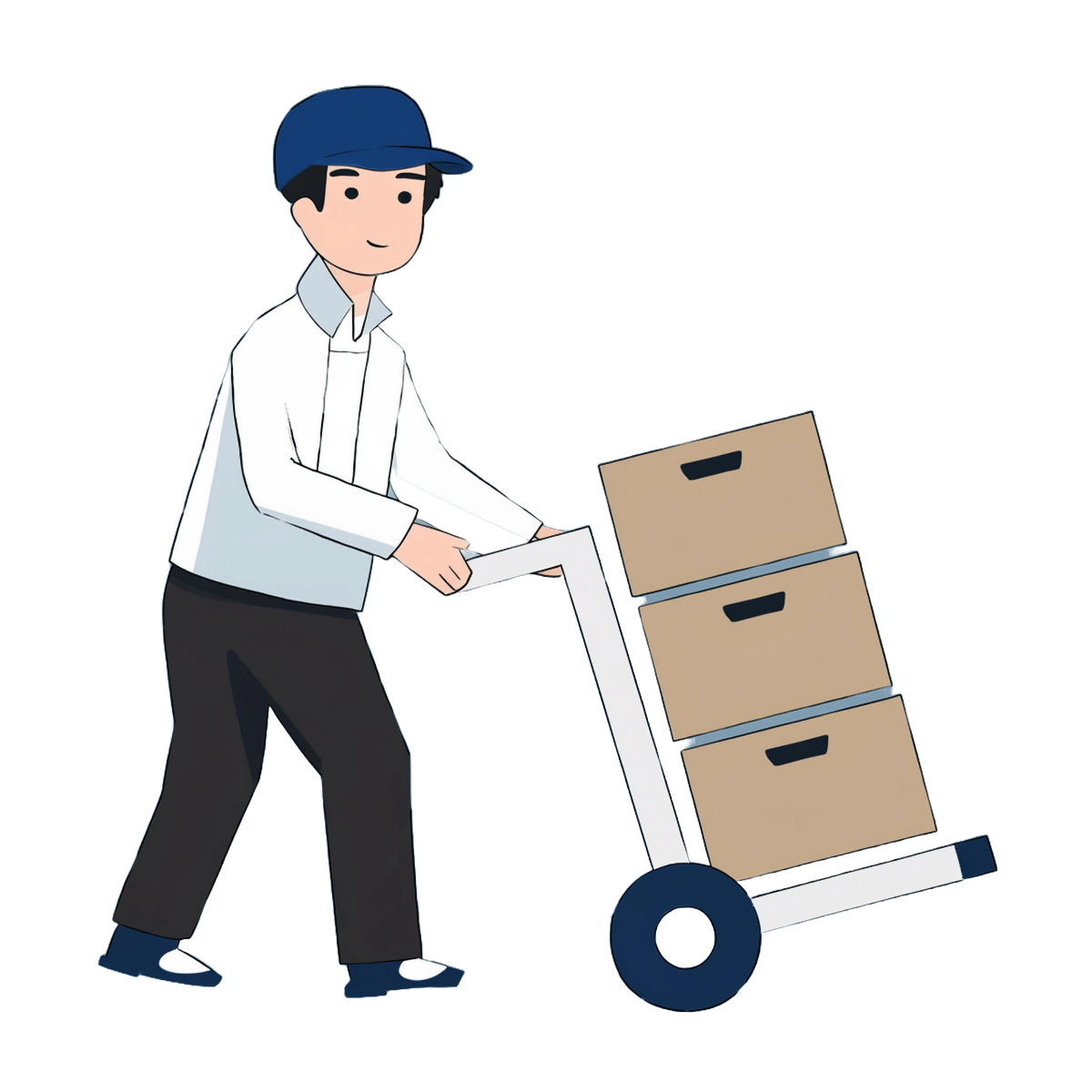
Non-Allowable Items for Moving
1. Hazardous Materials
Flammable liquids and solids: Gasoline, oil, kerosene, paint thinners, propane, and other volatile chemicals.
Explosives: Fireworks, ammunition, dynamite, and other explosive substances.
Compressed gases: Propane tanks, oxygen tanks, acetylene, and butane gas canisters.
Corrosive substances: Batteries (car, lithium, etc.), bleach, pool chemicals, drain cleaners, and other corrosive substances.
Toxic substances: Pesticides, herbicides, poisons, and other harmful chemicals.
2. Perishable Food
Fresh, frozen, or refrigerated food: Perishable food items, including meat, dairy, and produce, which could spoil during the move.
Open or unpackaged food: Any food that is not sealed in its original packaging.
3. Living Organisms
Plants: Many states and countries have restrictions on moving plants due to potential risks of pests, diseases, or environmental damage.
Pets: Moving companies generally do not transport live animals. You’ll need to make separate arrangements for pet transportation.
4. Firearms and Ammunition
Guns and ammunition: Most moving companies will not transport firearms, gunpowder, or ammunition due to legal restrictions and safety concerns.
5. Valuable and Irreplaceable Items
Cash: Money, coins, currency, and other forms of cash.
Jewelry: Expensive or valuable jewelry, unless covered by a separate insurance policy.
Important documents: Passports, birth certificates, wills, and other critical personal or legal documents.
Collectibles and heirlooms: High-value collectibles, such as rare artwork, antiques, or family heirlooms (unless special arrangements are made for their transport).
6. Electronics and Fragile Items
High-value electronics: Some moving companies may recommend not transporting very expensive electronics (such as high-end televisions or rare audio equipment) unless they are packed properly.
Glass: Large glass items (e.g., mirrors, windows) may need special handling or might be excluded based on company policies.
Personal electronics: For items like laptops, tablets, and cameras, movers often recommend transporting them personally due to their sensitivity and value.
7. Medical and Prescription Items
Prescription medications: Although these are not strictly "non-allowable," moving companies generally do not transport prescription drugs, especially in large quantities.
Medical equipment: Items like oxygen tanks, dialysis machines, or other medical devices often must be handled by a specialist moving service.
8. Large or Bulky Items
Vehicles and large machinery: Cars, boats, motorbikes, lawnmowers, snowmobiles, or other vehicles typically require specialized transport services.
Heavy or oversized items: Some companies may refuse to move large, heavy items unless they are specifically designed for moving, such as industrial equipment or heavy furniture.
9. Flammable or Explosive Substances (Other than Chemicals)
Propane tanks: Small propane tanks used for grills and camping stoves.
Fire extinguishers: Unless specifically rated for moving, fire extinguishers may not be allowed.
10. Anything that Contravenes the Law
Stolen property: Any items that are considered stolen or obtained illegally.
Illegal substances: Drugs, drug paraphernalia, or anything prohibited by law.
Contraband: Items deemed illegal under state or federal laws.
Additional Restrictions
Items that are too large or difficult to move: Some companies may refuse items that cannot be safely or easily loaded onto the truck or fit through doors, such as certain types of furniture or large appliances.
Pets and plants: As mentioned, due to regulatory concerns, moving companies typically will not transport live animals or plants. Arrangements for these items should be made separately.
Recommendations:
Before packing, always ask your moving company for a full list of their non-allowable items.
Handle important documents, jewelry, and valuable items separately by carrying them with you.
Make alternate arrangements for hazardous items, perishable food, plants, and pets well before the move.
By adhering to these guidelines, you can ensure a smoother and safer moving experience.